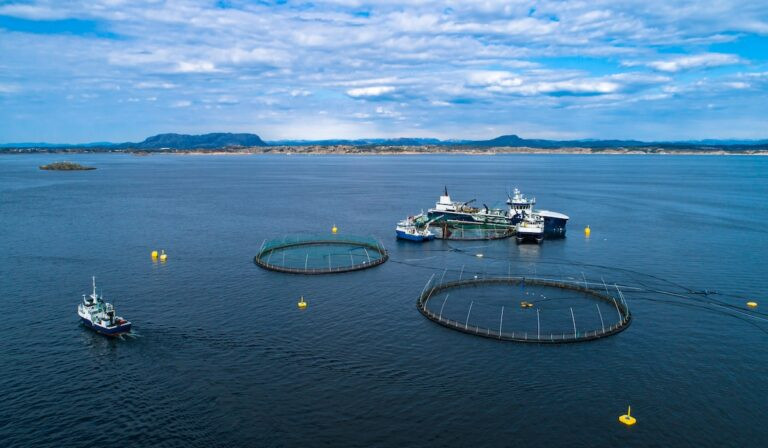Norway’s seafood market is buzzing with activity thanks to its reputation for top-quality fish and shellfish. People all over the world want a taste of Norwegian seafood and getting it to them quickly is key. As the demand for Norwegian seafood continues to surge on the global stage, the role of airfreight in facilitating its swift transport to international markets has become increasingly pivotal.
Experiencing a transformative period, the seafood market, a cornerstone of Norway’s economy, has seen unprecedented growth and evolving challenges. At the recent Nordic Air Cargo Symposium 2024, industry expert Tom Mikkelsen, owner of Mikkelsen Consulting AS, took the stage to share his insights into the current trends shaping this dynamic sector.
In recent years, Norwegian seafood exports have witnessed a boom, driven by escalating demand from discerning consumers worldwide. Key export markets such as the United States, China and emerging economies like India present lucrative opportunities for Norwegian seafood producers.
“The United States and China present significant opportunities for Norwegian seafood exports,” Mikkelsen noted. “However, unlocking these markets requires strategic partnerships and market access agreements.”
Recent trade agreements, such as the one with India, signal potential for expanded exports to new territories.
“Norway’s trade agreement with India opens doors to a large market with considerable consumer demand,” Mikkelsen remarked.
“This presents an exciting opportunity for Norwegian seafood exporters.”
Discussing transportation logistics, Mikkelsen underscored the importance of air and sea freight in facilitating international trade. While air transport offers speed and efficiency, Mikkelsen highlighted emerging concerns about environmental sustainability and cost-effectiveness.
“We are witnessing a modal shift in seafood transportation, with the potential for more shipments to transition from air to sea freight,” Mikkelsen explained. “Technological advancements have made sea transport increasingly viable, raising questions about the future of airfreight in the seafood industry.”
Regarding the challenges, Mikkelsen emphasised the need for collaborative efforts to expand air and sea freight infrastructure. “Capacity constraints pose significant challenges for seafood exporters.
“Efforts to enhance transportation networks, including exploring alternative routes such as the Trans-Siberian Railway, are crucial for meeting growing demand.”
In response to these challenges, the Norwegian seafood industry is beginning to explore alternative modes of transportation, such as ocean freight. While sea freight may take longer than air transport, it offers significant cost savings and lower environmental impact. Advances in refrigeration technology and shipping infrastructure have made it a viable option for transporting seafood over longer distances.
“In the long run, we need to strike a balance between speed, cost, and environmental sustainability,” said Mikkelsen.
“While airfreight will continue to play a crucial role in the Norwegian seafood market, we must also embrace more sustainable transportation solutions to meet the demands of a changing world.”



